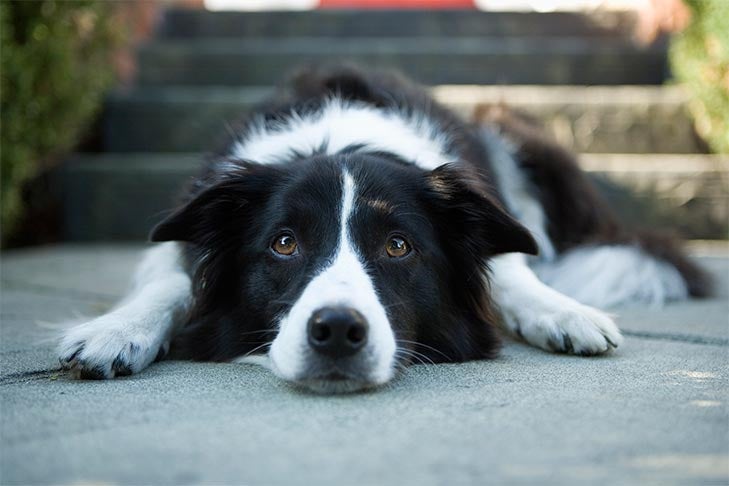
As a pet owner, your dog’s safety starts with you. Although canines are extremely smart animals, they take their cues from their owners and rely on them to meet most of their needs, including keeping them calm during times of crisis.
“Dogs are deeply sensitive to human emotions, especially in their particular guardians,” says Sally Morgan, a holistic physical therapist for pets and people, as well as the author of “Dances of the Heart – Connecting with Animals.”
If you’ve ever wondered how your dog knows when you’re feeling sick, sad, or scared, it’s because he has the uncanny ability to sense human emotions. “Your dog is a master at reading body language,” says Mike Ritland, a K9 expert, author, and founder of Team Dog Online. “Your body language reflects your state of emotions.” While your dog may not actually be a mind reader, he’s watching you very closely and can pick up on your various moods.
According to Conrad Ross, an animal behaviorist and founder of Pet Gear Lab, dogs are very attuned to our behavior but have fewer preconceptions than humans. “They live in the now, they don’t reflect on the past or plan for the future,” he explains.
Studies have also shown that dogs can recognize the difference between a person’s facial expressions. “It’s important for a person to remain calm, that way they encourage their dog to stay calm as well,” says Morgan. “Research at the HeartMath Institute has shown that pets are drawn to us when our heart rates, breathing, and other body rhythms are in synch with our pets.”
In an emergency, if your dog picks up on your fear, his excitement — in response to your reaction — can cause a change in behavior. His sense of fight or flight, a psychological response when feeling threatened, might kick in and result in his biting or being reactive with another person or dog. Alternatively, he may run away out of fear.
“We can safely assume that dogs know when something in their environment isn’t quite right,” says Ross.

The best way to avoid a potential problem is to have a disaster plan in place. By doing so, you ensure that both your needs and your dog’s needs are met and that you’ll stay together, healthy, and safe. People that are unprepared during times of emergency put both themselves and their pets at risk of injury.
Annie Grossman, a dog trainer and co-founder of School for the Dogs training facility in downtown Manhattan, suggests including specific safety skills in your regular training routine to be prepared for an emergency situation.
“Our job in training is to make our dogs comfortable in the world we live in,” she says. “If we turn certain things into a game, they’ll be less likely to freak out since they’ve already run through it many times before.”
When an electrical fire started in the wall of her apartment, Grossman experienced firsthand just how crucial it is to remain calm and prepared during a crisis. “Once the smoke started billowing in, I knew I had to get out,” she recalls. “I got my cat into a backpack, scooped up my dog, grabbed my things, and got out.”
Ever since the incident, she encourages clients to get into the habit of teaching their dog to go into a bag or carrier. “If you have to evacuate quickly, you might need to get them into something you can carry,” she says.
As your dog’s guardian, you must lead by example. “It’s imperative to remain in the same emotional state that you want your dog to be in, as his will mirror yours,” says Ritland. By staying calm, you’re sending a message to your dog that everything is all right.

